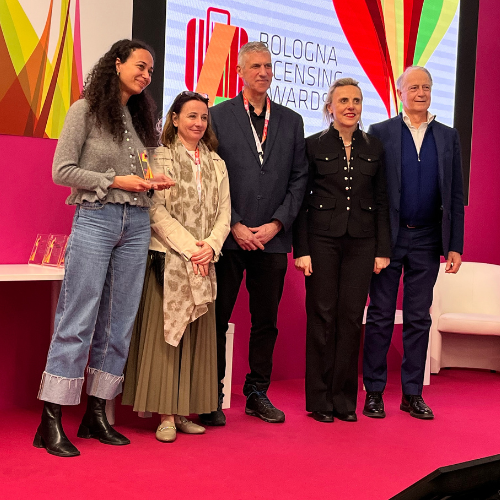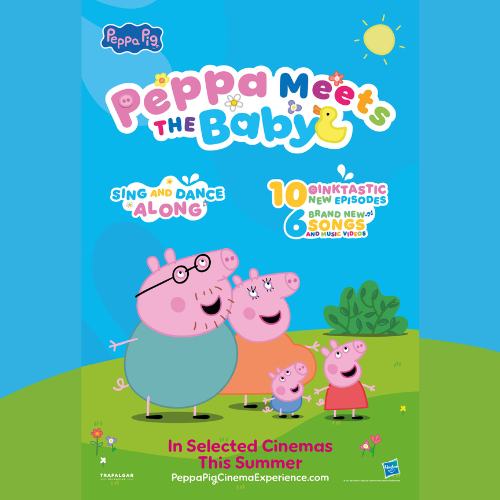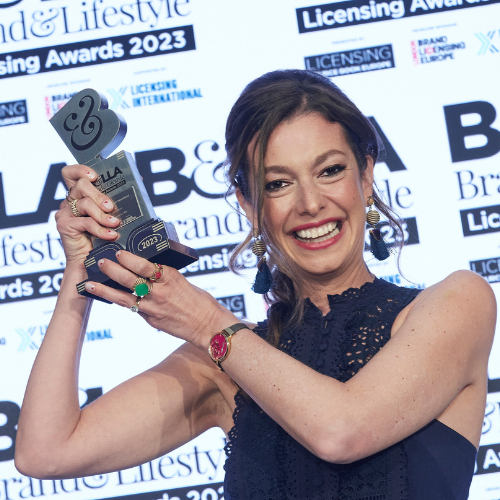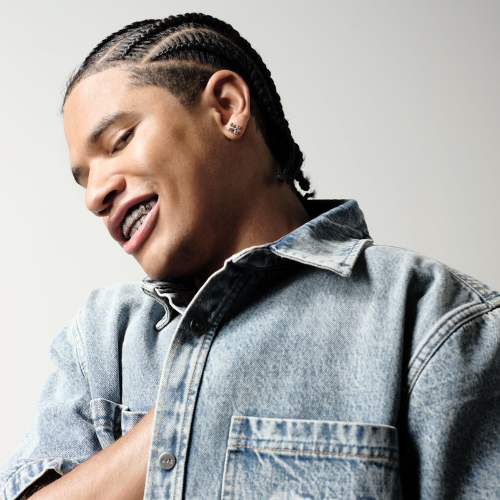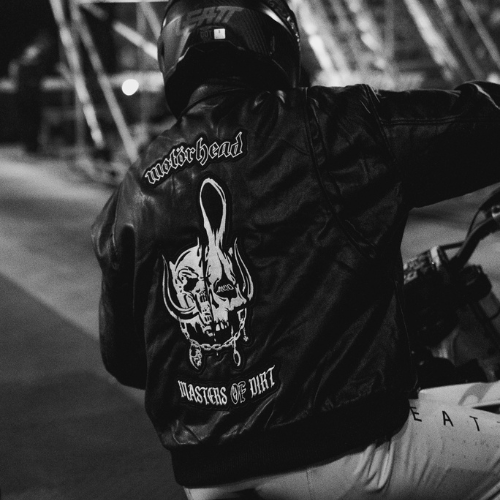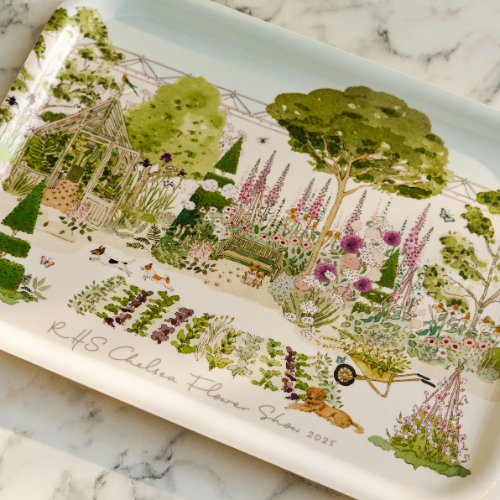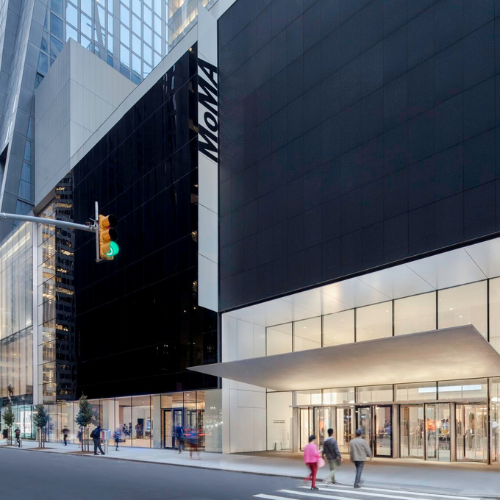LicensingSource.net chats to SGLP’s Simon Gresswell about the growth of cycling and how the licensing programme for Tour de France is benefitting.
Cycling as a sport has been growing in popularity for a number of years… why do you think this is and what are the key factors that have driven that?
As consumers have become more eco-conscious and aware of the climate crisis, cycling has been an obvious beneficiary, with urban populations in particular turning to two wheels, as a greener and healthier way to travel. This was clearly accentuated and increased through the pandemic period, as cycling was one of the least-restricted activities and the growth of the infamous ‘MAMILs’, was clearly evident on our UK roads.
On a strategic level, Copenhagen was specifically selected by the ASO as the start of this year’s race, ‘Le Grand Depart’, as it stands out as the most cycling-friendly city in the world. 49% of its residents get to work or school by bike, which equates to one million self-propelled miles per day. In addition, their obesity rates are almost half those of the UK. The Tour de France is the greatest cycling event in the world and locating the Grand Depart in foreign cities, also allows the event to cross borders and celebrate cycling with all its international TV audiences.
Cycling is also often now referred to as the new golf; with plenty of high performance and technical brands supporting and sponsoring cycling and the Tour, a significant chunk of amateur cyclists come from the higher income brackets and the equipment involved stretches to the most premium of pockets. Values associated with the Tour such as doggedness, endurance and bravery, are values that managers and ceos like to relate to.
How does this then translate into interest for the Tour de France?
You only have to look at the recent past of the Tour itself, to remind ourselves that there have been six British wins in the last ten years. Sir Bradley Wiggins in the build up to London 2012, Chris Froome OBE (x4 wins), Geraint Thomas OBE in 2018 and incredibly third this year, at the age of 36, with Adam Yates also finishing in the top ten. And when all the focus this year was on the battle for the Yellow Jersey between defending champion Tadej Pogacar (Slo) and Jonas Vingegaard (Den), our man Tom Pidcock – the 21 year old from Leeds – took the iconic Alpe d’Huez stage on Bastille Day, 14 July, no less.
If you need sporting heroes to follow, ladies and gentlemen, girls and boys, we have plenty in cycling. 47% of the UK population had access to a bike in 2020, so you can only imagine the growth in use in the last couple of years, on the back of this success and the return to sport and leisure, post pandemic.
In fact, if we compare the Tour to other sports and annual sporting events, in no other annual, global individual or team sport, have we (the royal ‘we’) been as dominant over the last ten years. Team Sky’s success was well known, but in pure commercial facts and figures, the bike accessories market in the UK was worth £2.3 billion in 2019 and grew 45% into 2020 and continued with double digit growth into 2021, indicating a massive uptake of road, mountain and virtual cycling and all the accessories that go with that.
The Tour de France is the biggest platform for cycling worldwide, in terms of TV audience and digital followers. The TdF (fan) Club was launched in 2021 and accumulated 120k members and the Tour is third most-watched sporting event on the planet. All in all, it’s a juggernaut on two wheels.
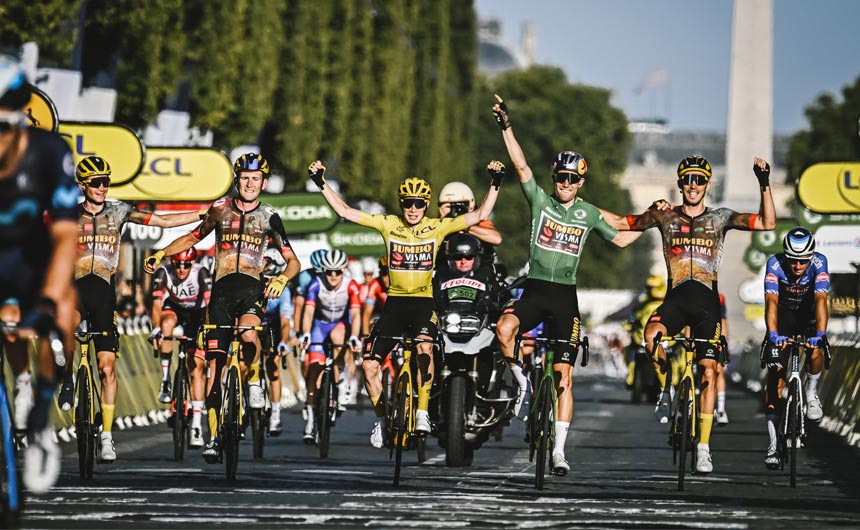
You previously mentioned lots of new developments for the event which have the potential to drive the licensing programme – can you explain more on these?
Before Sunday’s final stage started indoors at the incredible La Defense Arena, we finally saw the launch of the Official Tour de France Femmes avec Zwift. This is yet another illustration of the march of Women’s sport, with powerful backing and marketing from Zwift, who had tremendous success with the virtual Tour de France in 2020 and were persuaded that they could further mobilise their online community, whether virtually or out on the roads. Having had success sponsoring another ASO event, the Paris-Robaix Femmes, Zwift are also now allowing fans to take part in warm up and recovery rides with the pros in this year’s Tour de France Femmes avec Zwift.
Santini took over this year from Le Coq Sportif as the technical apparel sponsor. For those in the know, Santini is a core cycling brand, so their credentials suit the Tour more and bring greater credibility to the jerseys and the replicas that fans buy in their thousands. The brand celebrated their sign up by collaborating with the Tour to create a special ‘Maillot Jaune’ (Yellow Jersey) range for this year’s race and sales look very strong online, at time of writing.
Leclerc continues to provide a huge drive in fan merchandise, with their unique partner positioning as ‘owners’ of the famous red polka dot, King of the Mountains, pattern. Just check out any of the highlights on Eurosport or ITV4, or clips on YouTube and you’ll see thousands and thousands of fans lining the route with red polka dot tees, caps and bucket hats, as well as Leclerc on-course activations and fun support/promotional vehicles, carrying giant products in exclusive categories (e.g. fruits, vegetables, biscuits, stickered products). Leclerc has also just signed a new contract (to 2028) as a confirmation of their successful commercial partnership with the TdF.
This year has also seen the return of the L’Etape Tour de France – which allows amateurs to ride a stage of the Tour. In which other sport can you actually try what the pros do, right where they do it? As a fan, you just can’t get closer to the action… this has to be the ultimate experiential activation of any sport. You’ll even see clips of kids riding up the course and being roared on by the waiting fans… the passion for the Tour is bigger than ever. You only to have to watch the highlights programmes or weekly catch-up highlights… trust me, it’s engaging, gruelling and thrilling stuff.
In the domestic market, the last two years has also seen a powerful demonstration of the power of the Tour brand. Major fashion lifestyle retailer, Joules began as a DTR licensee in 2021, but increased their involvement by becoming a commercial partner in 2022 and stepped up their activity to include in-store product displays, POS and an online Father’s Day promotion.
The TdF has also introduced a mascot, Maxoo, to engage kids further in the event and maximize the benefits of cycling. We’ll see much more of Maxoo going forward, with dedicated products and activations.
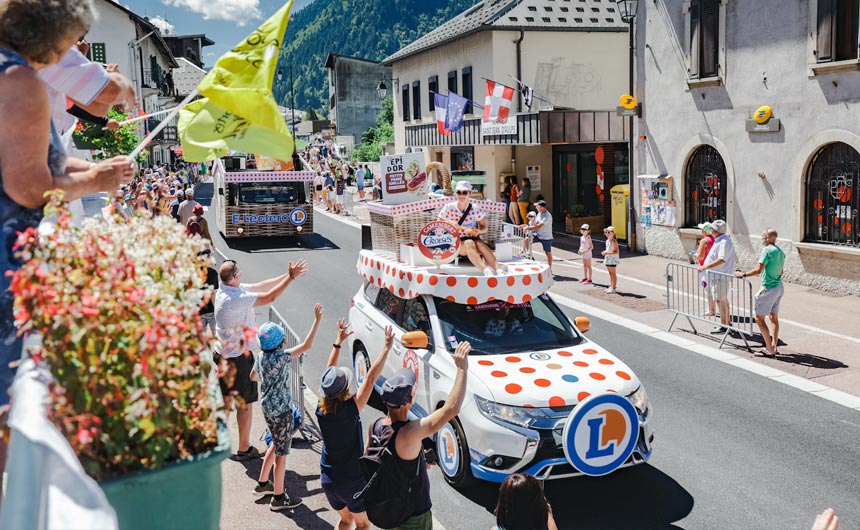
In terms of the licensing programme, what are some of the latest developments (in terms of new partners, etc)? What was available to tie in with this year’s Tour?
This year in the UK, Evans Cycles became the Tour’s first UK Official Retailer, stocking the race/category leaders and team jerseys and a wide selection of accessories, apparel and fan merchandise, to bring fans as close as possible to the Tour, with products from official brand licensees Santini, Oakley, Elite, Selle Italia, KASK, Icon and Velox.
Fanatics continue (having renewed) as official ecommerce partner and Poetic Brands have come on board as lifestyle apparel licensee recently, recognising the popularity of cycling as a participation and spectator/TV audience sport and with a full year to run up to the start of next year’s race in Bilbao, as well as time enough to see the Tour de France Femmes avec Zwift unfold.
Serious amateurs and competitive cyclists in the UK, may have their preferred teams or riders, but for the masses, Le Tour de France is absolutely synonymous with the sport of cycling and always will be. It has similar brand DNA and credentials in terms of history, heritage, archive, brand logo, phrases and colour ways to other iconic, annual events like Wimbledon. I think this gives the Tour a unique position in its sport and should therefore be the definitive brand that cycling and sports fans and gifters turn to, when they want a licensed consumer product purchase.
Like most sports with high participation and high performance brands and partners involved, historically we see a natural evolution into lifestyle and leisure apparel and accessories. If we consider what’s happened in tennis over the decades – with brands like Fred Perry, Lacoste, Sergio Tacchini and lifestyle lines emerging from these authentic sports brands – we can see how the Tour brand can grow. In reverse, some fashion/lifestyle brands also come into a sport and adapt into sport-specific ranges, like Polo Ralph Lauren, Tommy Hilfiger or Hugo Boss in sports like tennis and golf.
And in terms of brand owner support from the ASO, there has been fantastic investment in comprehensive style guides, with multiple design routes and collections to use and differentiate within in the sport licensing and lifestyle market places. With an incredible archive and adaptability in terms of designs styles as well, the Tour benefits from the definitive name and brand in the sport, offering licensees and partners the ability to continually play with all the graphic and other elements that make up the essence of the brand.
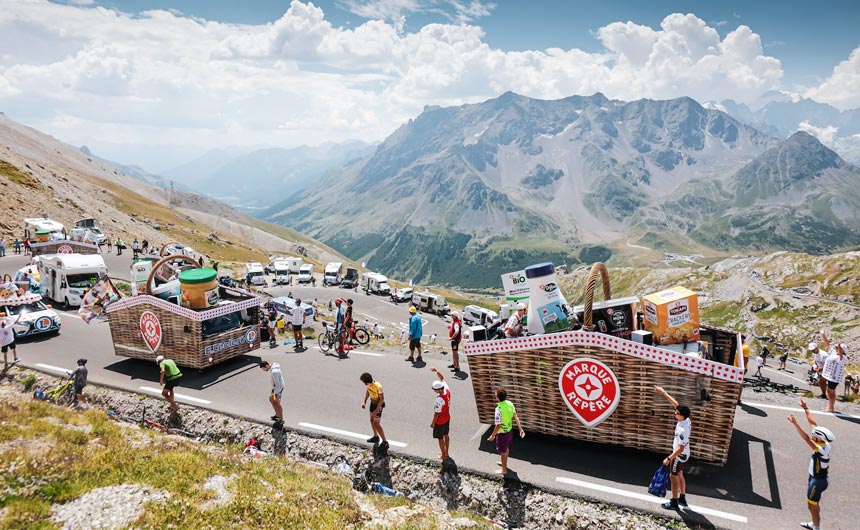
Is a key challenge to make the TDF more of a year-round opportunity for licensees and partners, rather than just when the tour itself is taking place? How will you be looking to do this?
The important thing to say first of all, is that the Tour has the credentials to become a brand that sells way beyond its event window, for all the reasons just cited above. Every sports event wants to extend its sales window to year-round or even to occasions throughout the year. But in reality, only an iconic sporting event can ever achieve this.
Key ingredients are considerations like being viewed as the ‘home of’ a sport, having unparalleled history and archive, a sport-defining logo and colour, combined with contemporary designs… and having all these elements, is probably the best opportunity to extend to key family, school and occasional events during the year, as well as into major international markets, where such an event can carry an always-relevant prestige and cache. If we take an example consumer product, really the default calendar gift purchase for a cycling fan should 100% be the Tour de France Calendar, the default cycling water bottle for a cycling fan should be a Tour de France water bottle and so on.
Are there particular categories that you are looking to target which you think would be a good fit for the brand?
Calendars, greetings cards, accessories, bags and DTC products are all great fits and are under discussion, but not as yet finalised. Other core targets include loyalty and retail programmes, toys and games, possibly co-branded. I think spring/summer and homewares gifts can emulate the fun of the fans, with travel/road-side/outdoor/holiday products being targets such as picnics rugs and sets, parasols, screen shades, brolly, flags, towels and cushions/beanbags etc. I would also point to virtual experiences, mobility programmes and F&B and restaurants promotions as possible categories of the future.
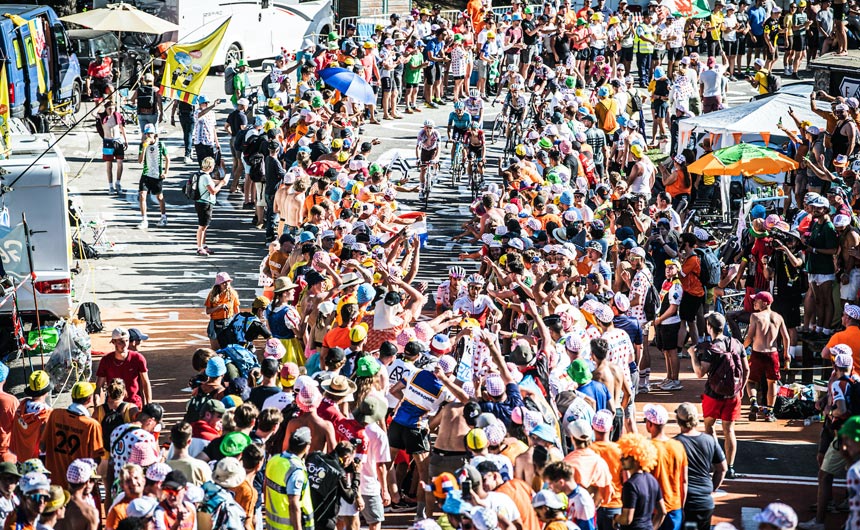
What are your long-term aims with the TDF licensing programme?
To make every licence work with every licensee and the retail partners of the Tour and grow UK partners’ business both here and internationally, based on a platform of sales success. As a SME consultant and new business broker, I am extremely privileged to represent such an iconic, sporting event brand. I am focused on it because it has established currency, long-term value and is in a rapid growth phase as a sport.
Structurally, the sport is going through changes at the top, with the UCI’s Cycling World Championships, incorporating all cycling disciplines, coming to fruition for the first time in August next year, in Glasgow, which will raise interest in two-wheeled events. An organisation is currently in the throes of establishing an e-bike race series, akin to the what Formula E and Extreme E have done in motorsport. In addition, the UCI is introducing a World Tour relegation race next year (it’s been known about since 2018), with only 18 teams being given licenses for the major events. This will likely make things even more competitive as a sport and event, with more big brands and corporates backing the teams of the future.
As Gary Imlach, the dry-humoured presenter on ITV4’s Tour de France coverage put it, “you’re going to need be in control of the budget of a nation state… or be Sir Jim Ratcliffe” in order to invest in and bank roll the Tour de France teams of the future.
Is there anything else you would like to add?
With 150 million TV viewers across Europe to build on from last year’s race and a Grand Depart in Copenhagen, the world’s most cycling-friendly city and the first to obtain the UCI’s ‘Bike City’ award, the Tour de France 2022 was blessed with a serendipitous winner in Jonas Vingegaard of Denmark and a remarkable team effort from Jumbo Visma, meaning this year’s race has quite rightly been lauded as one of greatest ever Tours.
The other big news is that 70 accreditation passes were collected by production teams from Netflix (including Quad and Box to Box films, the team behind the hugely successful and fan-driving ‘Drive to Survive’), as the Tour prepares a 8 x 45 min documentary series, to show the inside story of eight of the teams. If this does for cycling what DTS did for F1, it’s time to get ‘on your bike’ and get involved with cycling.












